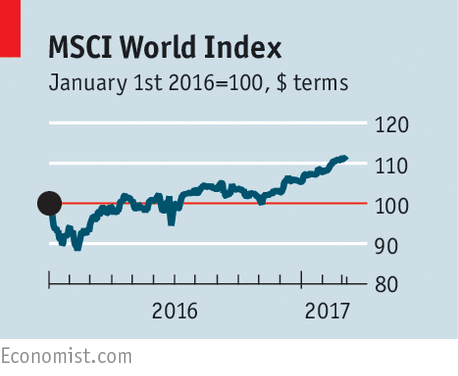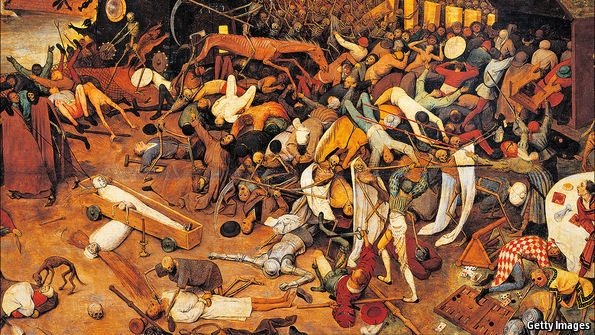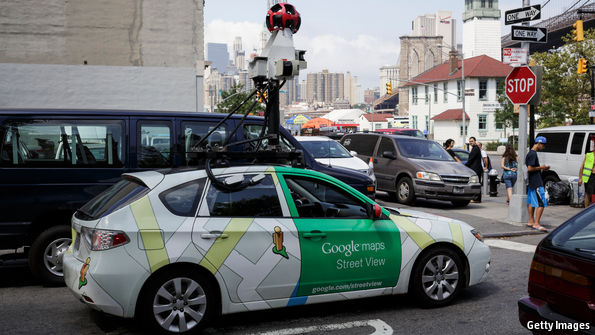Point, click, treat
The rise of the medical selfie
from The Economist

The right manipulation of light, distance and the angle can make a picture more honest—and therefore more useful for medical purposes
Dip.io uses mobile-phone cameras for urine analysis. The patient takes a picture of dipstick against the background of a colour card
These tests using sticks require colour-matching. Therefore, home analysis is regarded as unreliable
NHS starts to use the app to monitor those suffering from sclerosis. Home-testing will speed up treatment and save NHS around $12m a year
If chronic kidney disease is detected early, by screening the urine of those at risk, sufferers can slow the disease’s progress
For a diagnosis of a skin condition, coloured hexagons act as a reference which the app uses to correct and standardise the resulting image
The app may employ spectroscopy or extend its range into the infrared and ultraviolet, which helps analyse things invisible to the naked eye
| 2017/03/20
| Business, Summary
|
Flying high
Are stockmarkets in a bubble?
from The Economist

Share prices like the Dow Jones Industrial Average (US), the FTSE 100 (UK) & the MSCI World Index (global) are reaching the ever highest
Soared Snap’s shares & P/E ratio (getting closer to the level of the internet boom & just before 1929) are sending us warning signals
Investors ignore: 1) prosperity comes after a restraint (2015-16); they have more cash from mutual funds & see government bonds unattractive
2) there are indications of a pickup in the global economy after a feeble few years: South Korean exports; commodity prices; European growth
3) expectations for Trump’s tax cuts, infrastructure spending & deregulation; a low oil price may increase profits of S&P 500 by 12% in 2017
– US econ fell in Jan; the recovery is already long; fiscal-stimulus may be weaker; Trump’s immigration policy & trade sanctions harm growth
– FR may raise interest rates in Mar; ECB will decrease bond purchases in Apr; China’s big private-sector credit creation will be tightened
– Populism will be a menace to stock markets because it rejects globalisation. Stocks may fly high for a while, but investors should beware
| 2017/03/19
| Finance & Economics, Summary
|
Apocalypse then
The lessons of violence and inequality through the ages
from The Economist

In “The Great Leveler”, the author oddly welcomes the Great Depression because: 1) real wages risen; 2) the incomes of the affluent fallen
The author puts the discussion of increased inequality in works of Piketty, Atkinson & Milanovicinto a broad historical context
He finds that inequality is almost always high or rising as political and economic power buttress each other and both pass down generations
Large-scale levellings: 1) epidemics; 2) the collapse of states and economic systems; 3) total revolution; 4) the war of mass-mobilisation
Violence is sometimes effective but does not lead to greater equality. Most popular unrest in history failed to equalise
Mass-mobilisation warfare was the cause of the unprecedented decrease in inequality. The deployment of national resources soaked the rich
Low inequality factors: 1) income tax (94% 1944 US); 2) property tax (77% 1941); 3) physical damage; 4) post-war inflations; 5) trade unions
Following Max Weber, he thinks democracy is a price elites pay for mass warfare & finds it has no effect on inequality like classical Athens
Catastrophic levellings like Epidemics, revolutions & wars will be less likely in future. General prosperity risen. Global inequality fallen
Attempts to ease inequality democratically through redistribution & the empowerment of labour can hardly change the trend & may prove futile
Other possibilities: 1) good, unknown transformation may come in the future, or AI may acquire its own will & change the trend
2) civilisational collapse might be worth paying for the Utopia. Wealth may concentrate itself over time; the ability to destroy does not
| 2017/03/15
| Finance & Economics, Summary
|
Lunar spaceflight
Two races to the Moon are hotting up
from The Economist

Five teams are now competing to land robots on the Moon by the end of this year and win the $30m Google Lunar XPRIZE
On Feb Elon Musk said SpaceX had agreed to send two customers around the Moon in 2018. NASA is considering something similar with astronauts
It’s not like ‘private sector v public’: 1) SpaceX can offer such a trip thanks to NASA’s previous largesse; 2) NASA might pay SpaceX again
SpaceX’s rocket is far cheaper than NASA’s. But NASA has a big support in the Senate, & some in Washington distrust capricious billionaires
Mr Trump has yet to appoint a NASA administrator. But his speech to Congress hinted his ambition to leave footprints on the Moon by 2026
China sent a rover to the Moon in 2013 & plans to return rocks to Earth this year. There are other races to land people on the Moon by 2030
It would be wise to expect delays. It’s a tall order for SpaceX to send a crew-carrying reusable aircraft around the Moon by the end of 2018
Purchasers of the trip might be Steve Jurvetson, a venture capitalist on SpaceX’s board, & James Cameron who must spectacularly document it
| 2017/03/13
| Science & Technology, Summary
|
Neighbourhood watch
A machine-learning census of America’s cities
from The Economist

In 1686, Louis XIV came up with an idea to take a census and count France’s resources to control its towns and nobles better
Such surveys are expensive. But a team in Stanford came up with a cheaper, quicker method by using ML algorithms & data collected by Google
Using data from automotive websites, they trained ML algorithms which spotted 22m different cars on 50m images from Google Street View
Correlating the cars with data from traditional census, ML algorithm predicts education levels or political leanings from cars in an area
– The more detailed predictions are the less certain they become. As predictions rely on traditional surveys, it’s unlikely to replace them
+ The ML system is much cheaper and faster. It crunches through 50m images in two weeks. A human would take 15 years to do the same
+ Self-driving cars or Earth-imaging satellites produce even bigger data sets. This ML system could soon become a constantly updated one
| 2017/03/12
| Science & Technology, Summary
|





